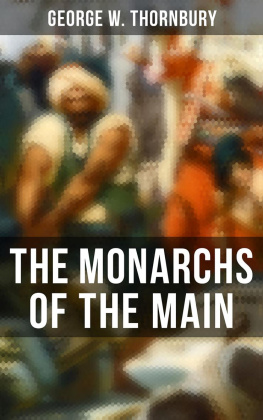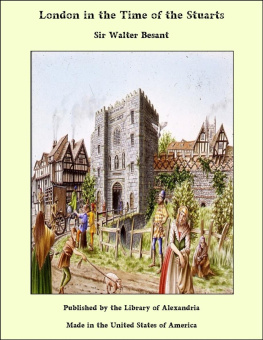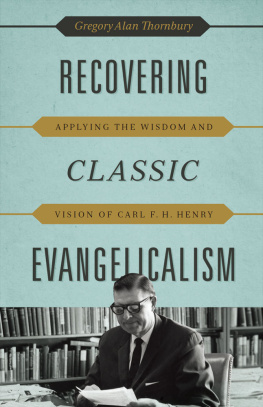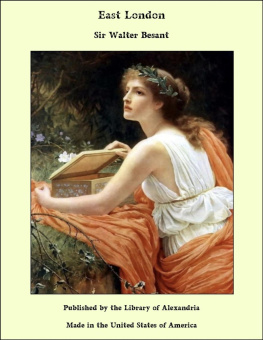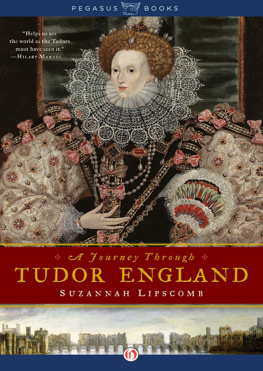Walter Thornbury - Haunted London
Here you can read online Walter Thornbury - Haunted London full text of the book (entire story) in english for free. Download pdf and epub, get meaning, cover and reviews about this ebook. year: 1880, publisher: Good Press, genre: Non-fiction. Description of the work, (preface) as well as reviews are available. Best literature library LitArk.com created for fans of good reading and offers a wide selection of genres:
Romance novel
Science fiction
Adventure
Detective
Science
History
Home and family
Prose
Art
Politics
Computer
Non-fiction
Religion
Business
Children
Humor
Choose a favorite category and find really read worthwhile books. Enjoy immersion in the world of imagination, feel the emotions of the characters or learn something new for yourself, make an fascinating discovery.

- Book:Haunted London
- Author:
- Publisher:Good Press
- Genre:
- Year:1880
- Rating:3 / 5
- Favourites:Add to favourites
- Your mark:
- 60
- 1
- 2
- 3
- 4
- 5
Haunted London: summary, description and annotation
We offer to read an annotation, description, summary or preface (depends on what the author of the book "Haunted London" wrote himself). If you haven't found the necessary information about the book — write in the comments, we will try to find it.
Haunted London — read online for free the complete book (whole text) full work
Below is the text of the book, divided by pages. System saving the place of the last page read, allows you to conveniently read the book "Haunted London" online for free, without having to search again every time where you left off. Put a bookmark, and you can go to the page where you finished reading at any time.
Font size:
Interval:
Bookmark:


| Temple Bar, 1761, from a drawing by S. Wale. The view is taken from the City side of the Bar, looking through the arch to Butcher Row and St. Clements Church. The sign projecting from the house to the spectators left is that of the famous Devil Tavern |
| PAGE |
| Old Houses, Ship Yard, Temple Bar , circa 1761, from a plate in Wilkinsons Londina Illustrata |
| The Lord Mayors Show. From the picture by Hogarth |
| Temple Bar , 1746, copied from an undated print published soon after the execution of the rebel adherents of the young Pretender. The view is surrounded by an emblematic framework, and contains representations of the heads of Townley and Fletcher, remarkable as the last so exposed; they remained there till 1772 |
| St. Clements Church and the Strand in 1753 , from a print by I. Maurer |
| Two Views of Arundel House , 1646, after Hollar. These views, unique of their kind, are particularly valuable for the clear idea they give of a noble London mansion of the period. Arundel House retains many ancient features, particularly in its dining-hall, which, with the brick residence for the noble owner, is the only dignified portion of the building. The rest has the character of an inn-yarda mere collection of ill-connected outhouses and stabling. The shed with the tall square window in the roof was the depository of the famous collection of pictures and antiques made by the renowned Earl, part of which still forms the Arundel Collection at Oxford |
Font size:
Interval:
Bookmark:
Similar books «Haunted London»
Look at similar books to Haunted London. We have selected literature similar in name and meaning in the hope of providing readers with more options to find new, interesting, not yet read works.
Discussion, reviews of the book Haunted London and just readers' own opinions. Leave your comments, write what you think about the work, its meaning or the main characters. Specify what exactly you liked and what you didn't like, and why you think so.

